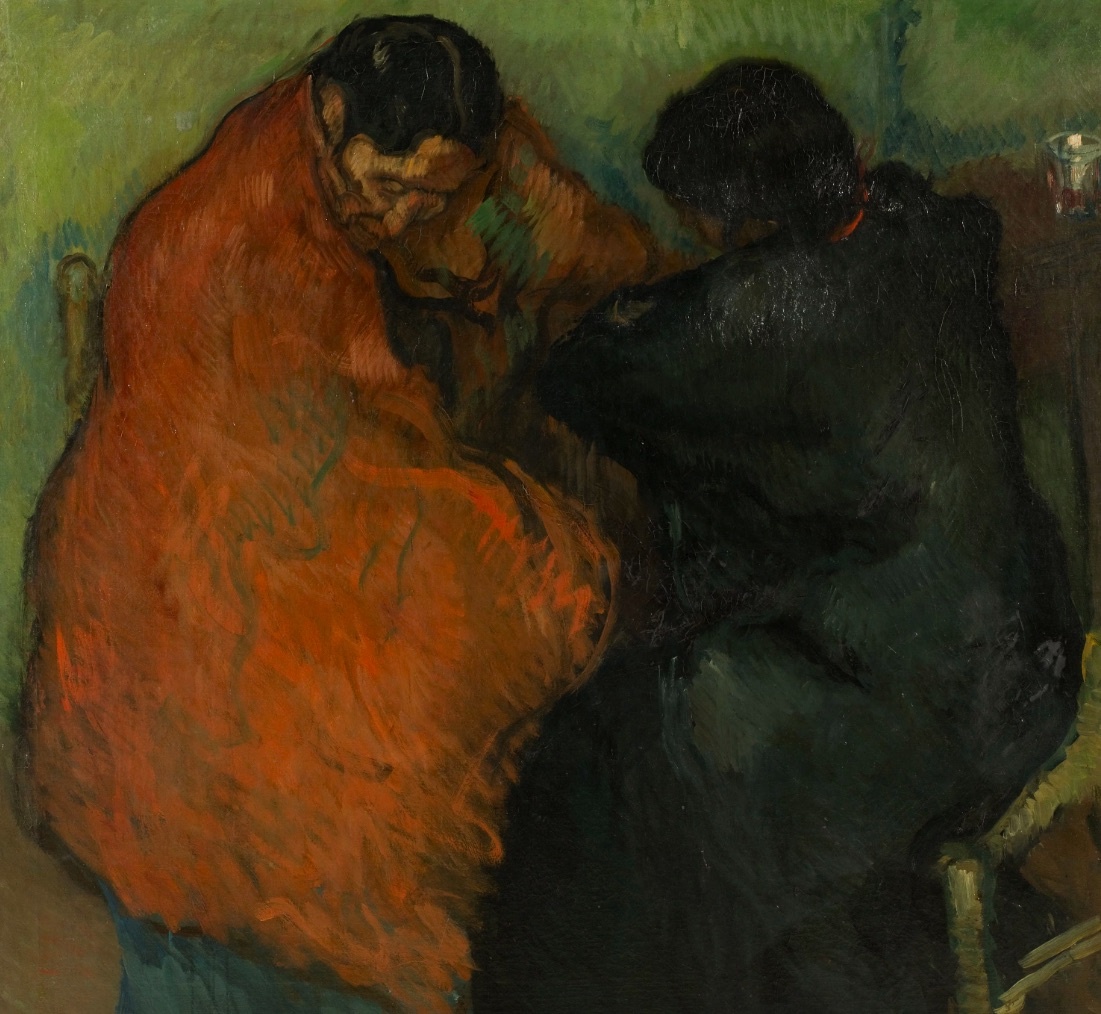Two gypsy women

Two gypsy women
Two gypsy women
The construction itself of the artist as a hero of modernity is sexist. There is no equivalent female figure.
Griselda Pollock
On his return from Paris, Isidre Nonell devoted many of his works to marginal subjects to such an extent that he dedicated a high volume of his production to the representation of gypsies, which provoked the reaction and scandal of the bourgeois gaze. This work, however, always representative of the most expressionist Nonell, is never used to speak of the women represented. This work allows us to speak of the intersection between sex/gender but also between race or class. De-colonial feminism claims that all these terms are cultural categories imposed by colonial systems. This current of struggle and thought aims to break with Western universalism and affirms that feminism cannot be monolithic or univocal and that it should take into account the different and differentiated realities of racialized women. This proposal is absolutely generative because it associates women's unequal status with the geopolitical and corpo-political positions of women. These Nonell gypsies, like the millions of bodies of women accumulated in museums, tell us a lot about the artist, but nothing of the figures represented, showing that women, as an artistic image, have been a patriarchal construct.
Two gypsy women, Isidre Nonell, 1903









